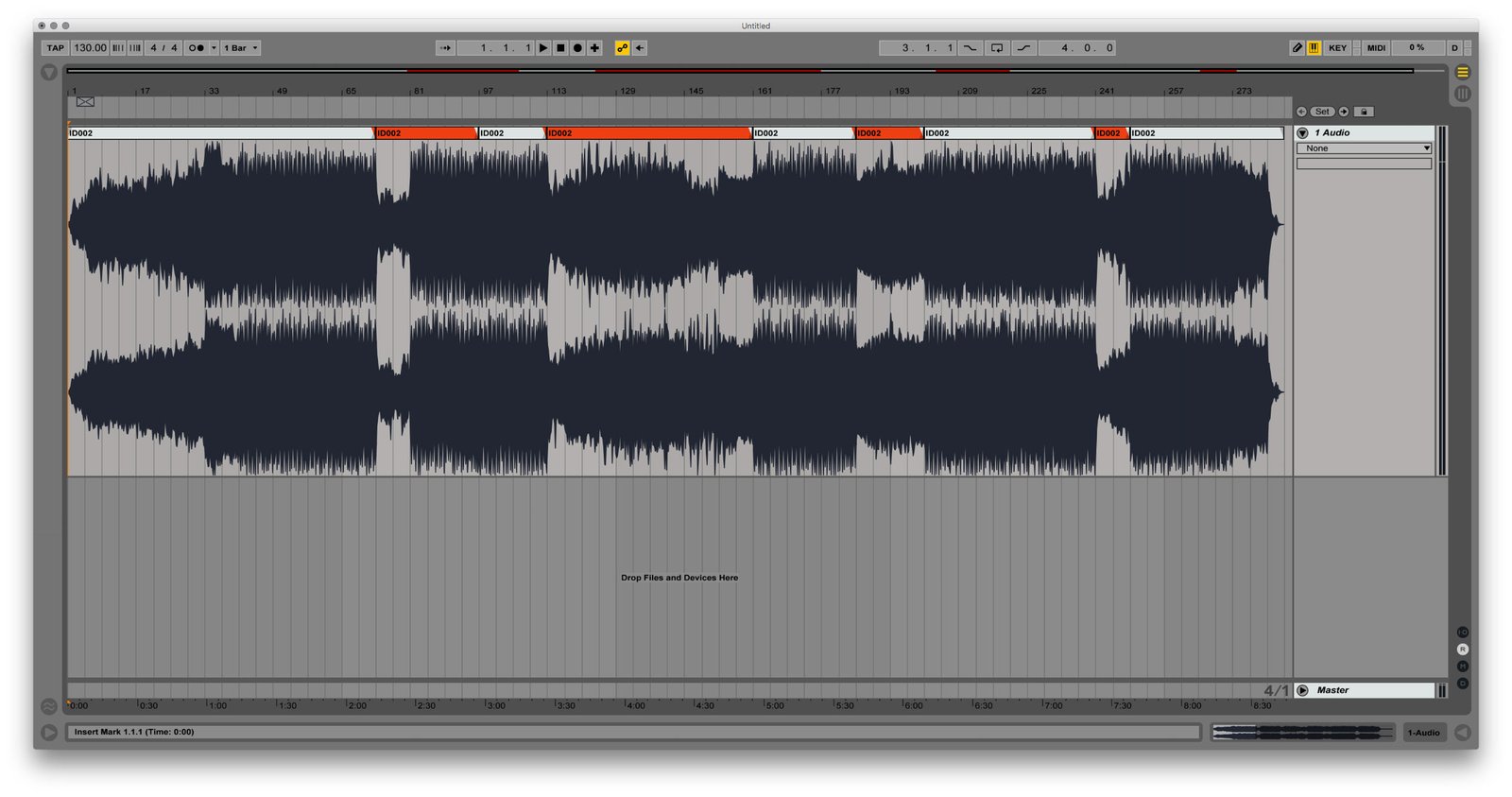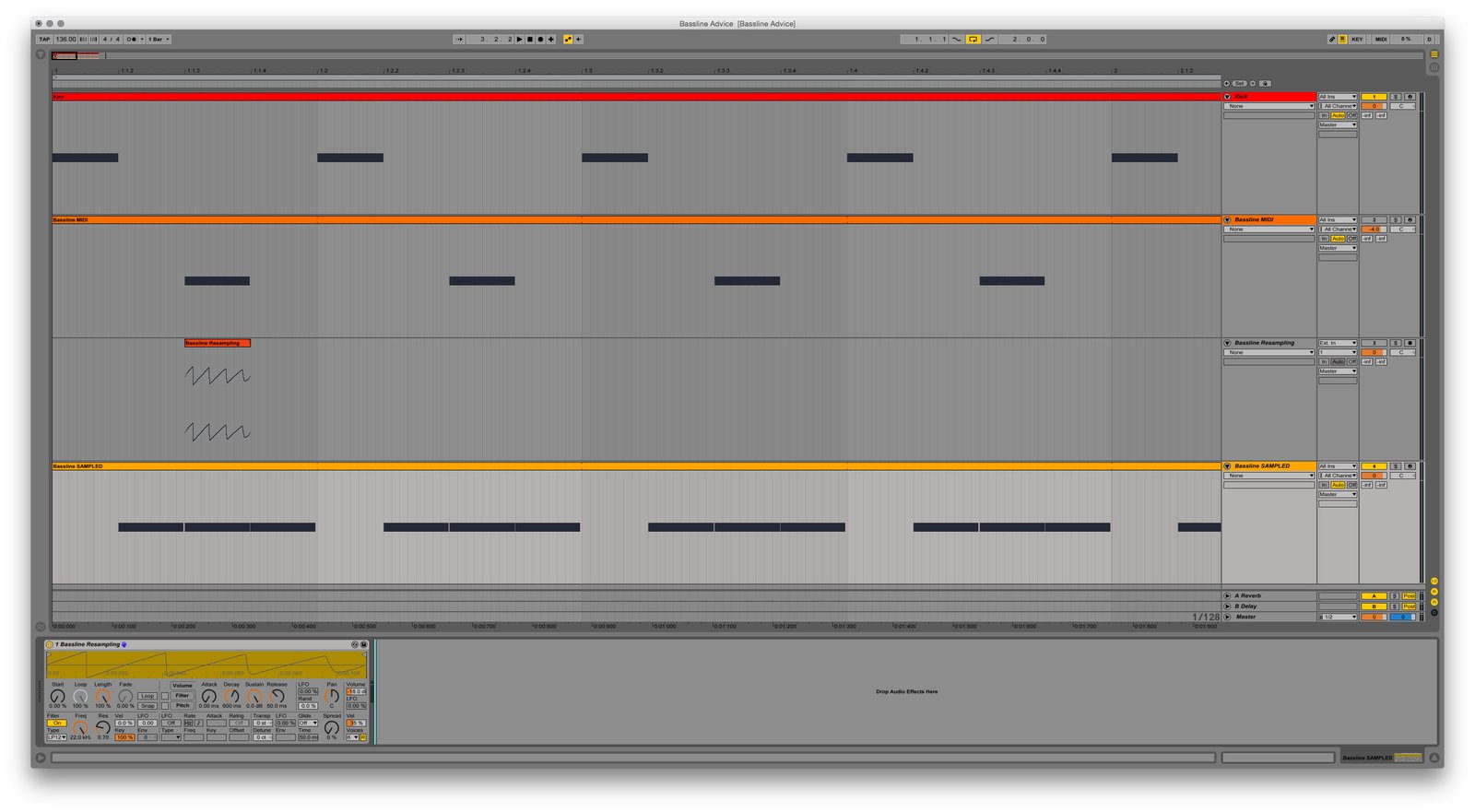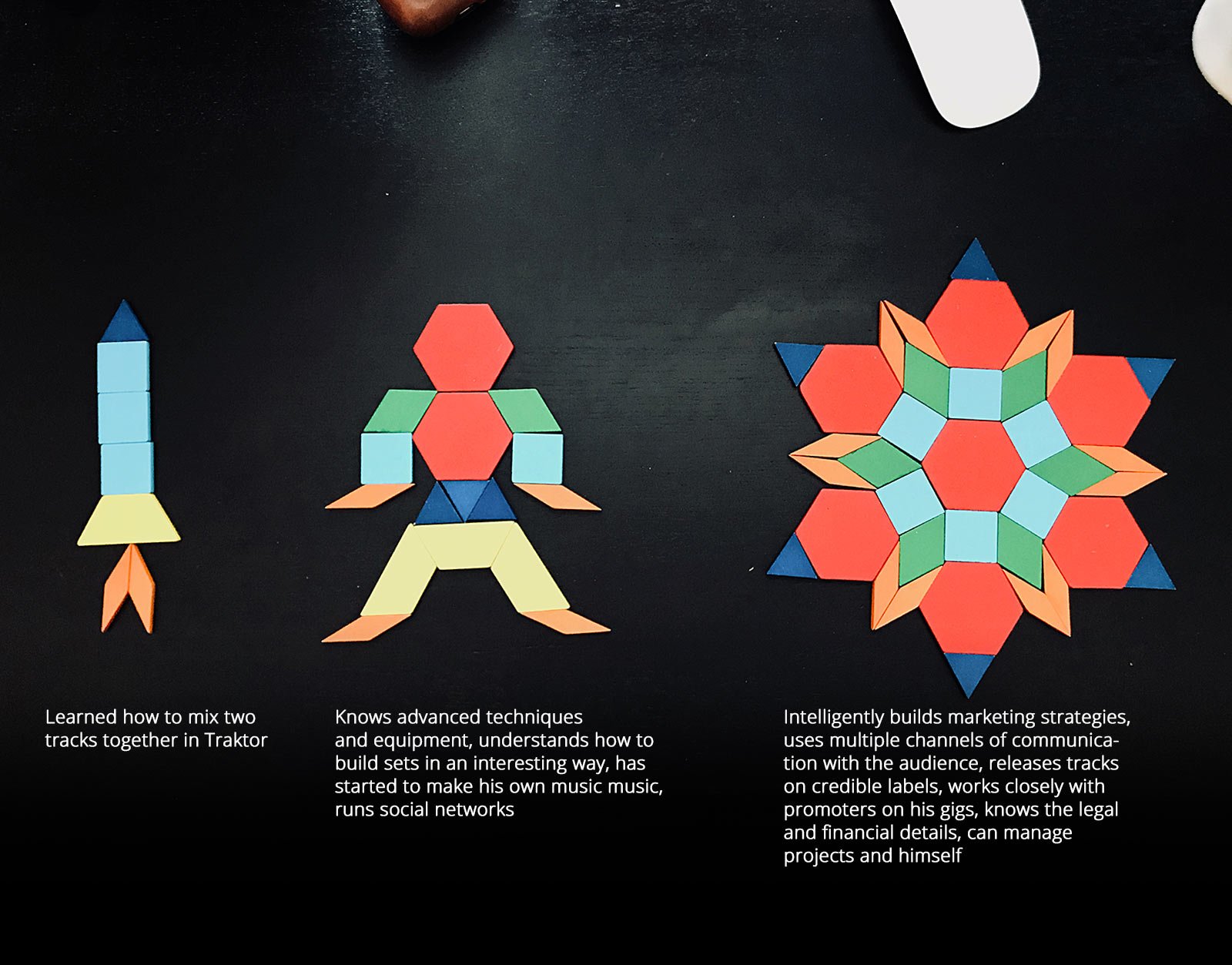Common production mistakes
Hello Dan, I have a bit of a favour to ask of you. I was hoping you could appraise a track I’ve been working on. I’m well aware of your JOOF scouting commitments and I don’t want to hassle you personally with something like this, however I would like to know from a professional standpoint where this track sits.
Vern Junior Jones
Vern, first of all, I want to say this is a really nice deep and atmospheric track, and I enjoyed listening. However, there are a few common mistakes that I’d like to highlight, and I hope it helps you and the other producers around.
Too many breakdowns
Let’s put this track on a new Audio channel in Ableton so we could see the waveform. The first thing you can see clearly is that almost half of the total track’s length is breakdowns (highlighted on the picture):

Is this track made to be played in clubs? I can tell you for sure, no any DJ will play this track on the dancefloor as it is because so many and so long breakdowns will suck the energy out of it. I advise to think and answer yourself about the purpose of this track, where it can be played, who is your target audience, and then make track accordingly.
Criteria of professional production. Part 3. Dj-friendly arrangement
Unnecessary low-end
I’m not quite sure, but I have a feeling that the main atmospheric pad that is used throughout the track has some unnecessary low-end frequencies, as the result of making kick and bass a little messy. Even a sidechain compression that you’ve put on this pad doesn’t help much. Work more on equalization to cut the low-end off, and give each element more room to breathe.

Repetitive samples
Another thing I’ve noticed is that you used the same drum roll sample every 8 bars, and it goes and goes almost all track long (highlighted on the picture below). This isn’t bad actually, but I would recommend putting some different variations instead to make the track more interesting. That is how our brain works: it reacts and pays attention only to something unexpected. Try to diversify this pattern to control the listener’s attention.

Lack of groove
It is hard to judge because I don’t know the purpose of your track as explained above. But since it is a 130 BPM track with a pretty driving bassline, I assume it is made for the clubs, just like all electronic dance music.
What makes people dance? The answer might vary, but I believe it is the “groove” — some rhythmic pattern that makes your body shake and swing. I would recommend adding at least some driving rhythmic elements, such as open high hats, cymbals, toms, riders, and more.
Just to give a contrast, I’ll put few other tracks here:
I advise to listen to more music and carefully listen to how other producers solve these tasks. Don’t be afraid to copy some of their tricks, that’s how the learning curve goes.


